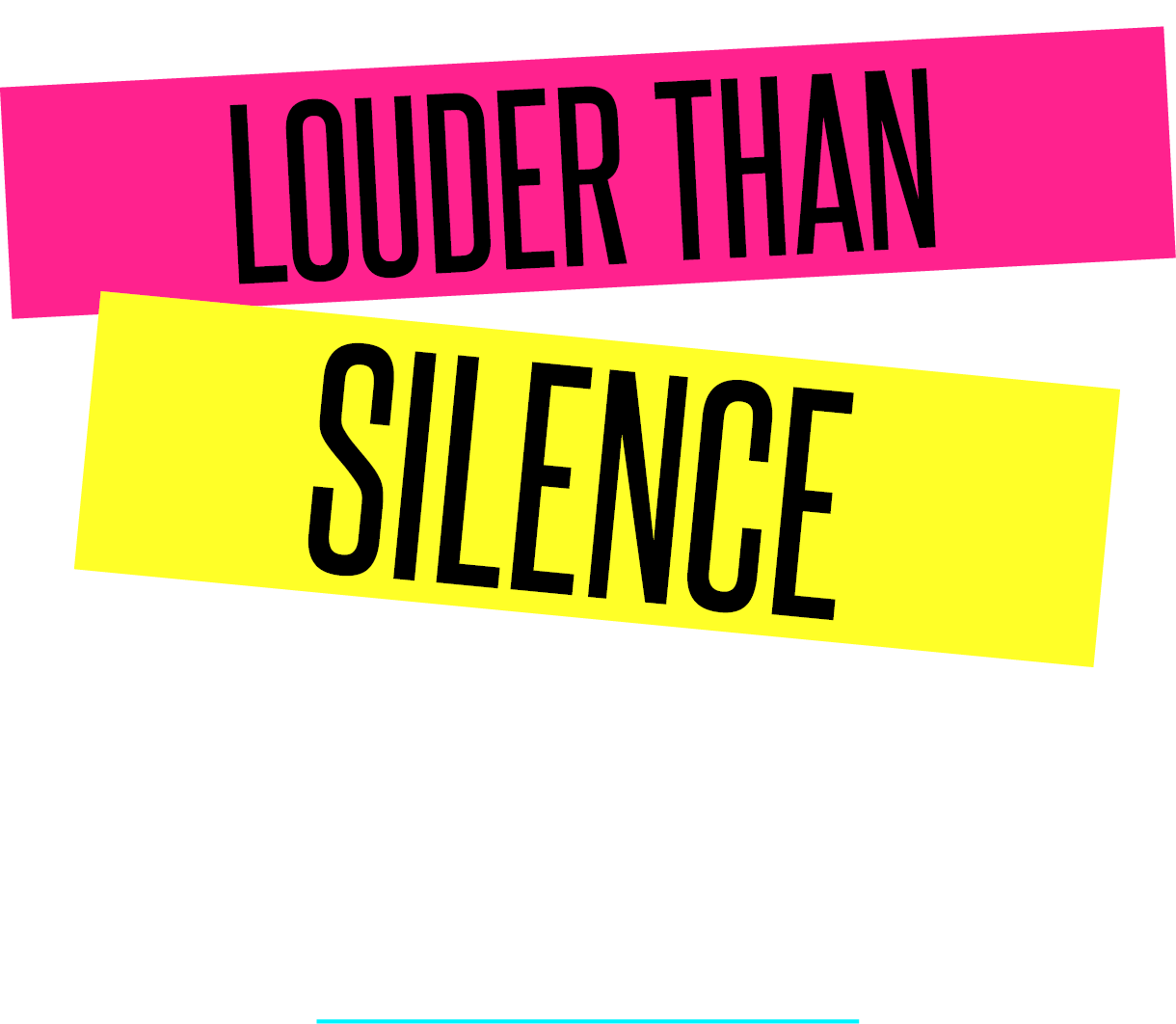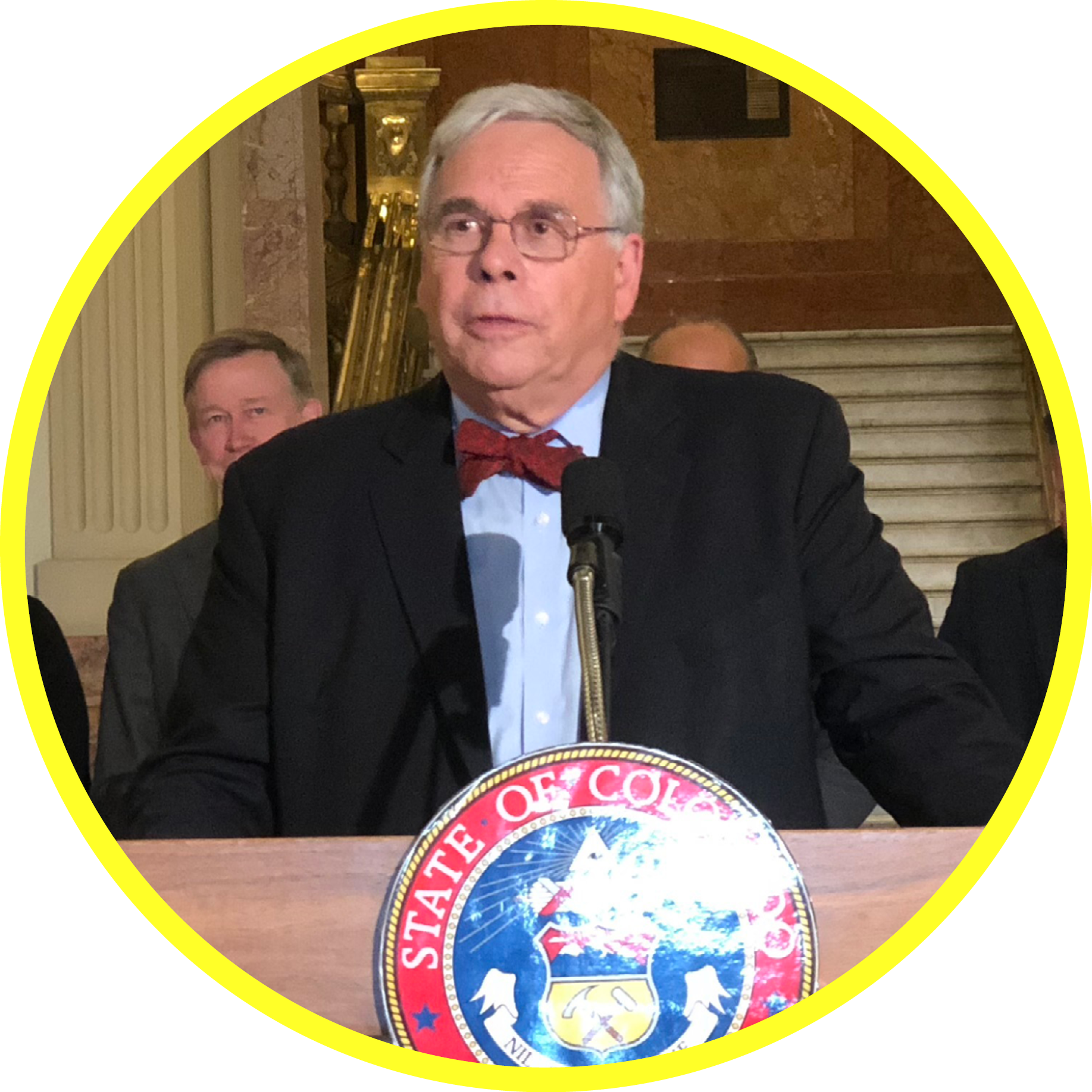

Dr. Richard Krugman
EndCAN Co-Founder & Board Chair
Episode 24: The Biology of Child Abuse
Dr. Richard Krugman, EndCAN’s co-founder and Board Chair, discusses the issue of child abuse and neglect from a biological and health perspective. Is there a way that better understanding biology can help us prevent child abuse and neglect? Dr. Krugman applies his scientific lens to the issue and explains why the solution to ending child abuse and neglect will need to extend beyond the social and legal realms.
Episode Transcript
Transcript of the Louder than Silence Podcast
Episode #24 – The Biology of Child Abuse
Transcribed by Adam Soisson
[Inspirational theme music plays.]
>> Lori: Thank you for joining us. In this podcast, we are real people, talking about real things. Child abuse and neglect: a topic that is all too often left in the shadows of silence, leaving survivors alone, fearful, and oftentimes without a voice. We’re having conversations to become Louder Than Silence. It is here, where we will invite you to join us and be the change needed to end child abuse and neglect.
>> Dick: This is Dick Krugman, I’m a pediatrician and Chair of the Board of the National Foundation to End Child Abuse and Neglect. Today I want to talk with you about why child abuse and neglect is not just a social or a legal issue. It is a social problem and a legal problem. It’s a social problem because we look to social services organizations to make reports about it and investigate it. It’s a legal problem because it’s against the law to abuse children but it is also a health, mental health and public health issue. I actually first got intrigued by this 25 years ago. In 1995 I had been working in the child abuse field for about 15 years and everything we were doing was about helping people understand the need to be mandatory reporters of suspected cases to child welfare or we were doing lots of training of law enforcement, and district and county attorneys on how to prosecute cases of fatal child abuse. How to recognize and prosecute cases of sexual abuse and that was the focus all through the ‘70s, ‘80s and ‘90s. It was on prosecution. I remember getting a copy of the journal Cell. It was a basic biology journal and on the cover of the journal was a picture of a couple of cages of mice. The main article in this journal, the highlighted article was on a gene called the Immediate Early Gene Foss B and I’ll tell you I’m not a terrific biologist at all. I’ve done some work a long, long time ago but I was intrigued by this. It’s fascinating. It turns out that you can create, through genetic engineering, a mouse that is missing the Immediate Early Gene Foss B. So you’d say so what? Well it turns out if you are a pregnant mother mouse who doesn’t have the Immediate Early Gene Foss B, when you deliver your 6 or 9 little mouse pups, you don’t take care of them. You don’t, as most mice do, make a little nest in the cage. You don’t lick the babies when they’re born. You don’t nurse them. Pretty soon, within a day or so, all of the 8 mouse pups are dead. The people who did this study noticed if they put another mouse, either a male or a female, who had the gene into the cage after the babies were born, that they would make a nest, they would bring the babies to that nest, they would lick them and they would keep them warm. They coulnd’t feed them but they had the maternal instinct that the mouse without the gene didn’t have. Here’s what’s even more interesting. It turns out that if you take that mother who doesn’t have the gene or the ability to have maternal instincts with her baby, and right before delivery you give that mother an injection of norepinephrine, she’ll take care of her babies and she’ll nurse them and she’ll make a nest and she’ll keep them warm. So this single study with this kind of odd gene that if it’s missing leads to mothers that can’t nurture their babies, did a couple of things. First of all, I knew human mothers like that. I had seen mothers during my pediatric training and during my child abuse work, who simply couldn’t nurture their babies. Those babies could not grow and develop organically. We called that condition Nonorganic Failure to Thrive. It made me want to go back and see if these mothers had a Foss B gene. But what it really made me think, and I wrote an editorial in the journal Child Abuse and Neglect in 1995 about this. Suppose child abuse was a genetic disorder. How would we deal with it? Would we deal with it differently? 25 years later we’ve have a significant amount of additional research that points out a number of things. 1) the experience a child has of being abused and neglected changes the genetic functions that child will have. The child will develop epigenetic disorders that change how it looks, how it grows, and develops. Honestly I don’t understand all of the biology behind it but I do know babies under chronic stress have higher levels of cortisol – sort of the human steroids – and they develop differently so there are clearly biologic differences and neurobiological influences on infants.
There was another study that I always was intrigued by. There was a New Zealand researcher by the name of Caspi. He followed a large group of adolescent boys from middle childhood through adolescence. What he noticed was a significant percentage of those boys had been physically or sexually abused during their childhood. He noticed that among the abused boys, some of them turned into conduct disordered, abusive bullies and adults who would beat up other adults and children. But a number of the abused boys would not. They were survivors. They didn’t repeat the cuycle. People often talk about the cycle of abuse. It’s true that we’ve really never seen anyone who was an abuser who didn’t experience abuse in their childhood. The vast majority of abused children do not turn into abusers. They may have some pain, some stigma but they don’t turn into abusers. What Caspi found was he looked for blood markers and found that there was an enzyme in the blood, monoamine oxidase, if it were in high levels it might that the boys were survivors whereas the conduct disordered abusers had very low levels of MAO. Look, I can’t review in a 10 or 15 minute podcast all of what’s going on, but those are just two examples to show that what we’re dealing with in adults and children who were or are being abused and neglected, are serious health issues that affect their genes, that affect their future development and their susceptibility to other disorders down the line. The work that’s gone on by Vincent Felitti and others around adverse childhood experiences demonstrates that five of the ten ACEs in their study are specifically forms that a child or an adult that has experienced physical, emotional, sexual abuse or neglect and so that’s why this is not just a social and legal issue. It’s a health, mental health, and public health issue. We hope that we can mobilize the advocacy group that we need to properly address this issue the way we’ve addressed breast cancer and other forms of cancer in children – diabetes, heart disease, etc. – and address it by addressing one of the root causes which is child abuse and neglect. So join us at endcan.org. if you want more information. We hope if you have other questions or thoughts about this, you’ll communicate with us but that’s my biology lesson for the day. I’m Dick Krugman and this is EndCAN.
>>Lori: I want to thank each of you again for joining us today and listening in. If you or someone you know is being abused, please call 1-800-4-A-CHILD. To learn more about EndCAN, visit www.endcan.org or find us on all social media platforms. Join us in being Louder than Silence and being a part of the change. Please leave a comment, like our podcast, or share with your friends. The more the word spreads, the more of a collective impact we can have. If you have a question or you know someone who would want to be a guest on our podcast, please contact bethechange@endcan.org. Thanks again, and have a great day.
<END>


